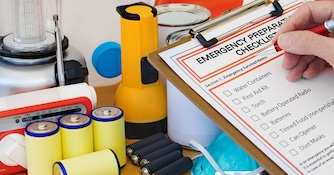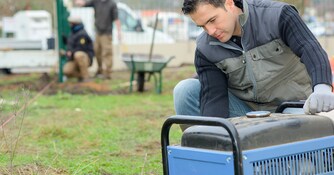
How to Create a Family Emergency Preparedness Plan
You're relaxing on the sofa when the sirens sound off. Running to the window, you see the sky has turned menacingly black. An adrenaline rush quickens your heartbeat, and you start breathing heavily. The weatherman was right. It looks like a tornado might hit any moment.
Fortunately, you and your loved ones know what to do thanks to your family emergency preparedness plan. You send everyone to the basement knowing there's food, water, and medical supplies. You also have a backup generator and sump pump to deal with the aftermath.
Why Should You Have an Emergency Disaster Plan?
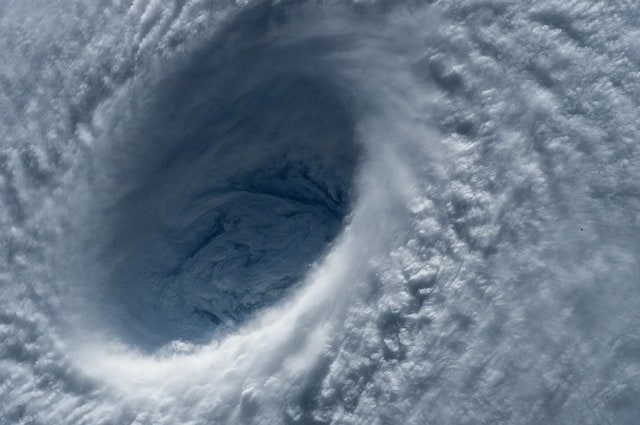 The range of natural disasters in the United States is as diverse as the population.
The range of natural disasters in the United States is as diverse as the population.
If you live in the plains, Midwest, or even parts of the south, then the tornado scenario described above is probably something you've experienced. Those on the coasts must contend with hurricanes that are intensifying every year.
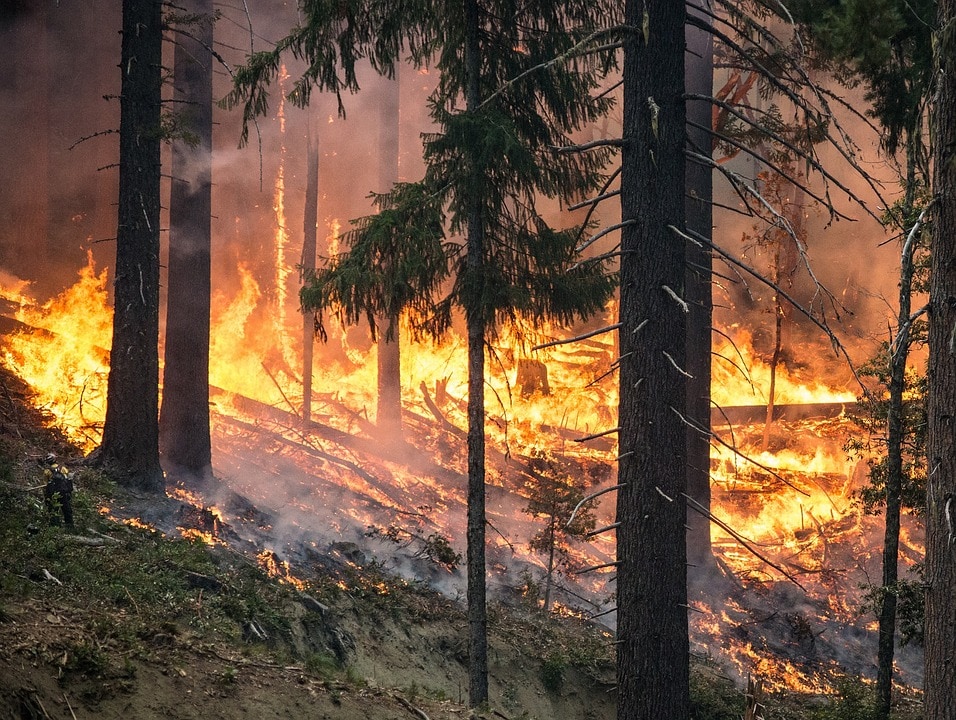 Wildfires reign supreme in the western states, and earthquakes can strike at any time. In the winter, blizzards bury large portions of the country. There are even areas that face the threat of volcanic eruptions.
Wildfires reign supreme in the western states, and earthquakes can strike at any time. In the winter, blizzards bury large portions of the country. There are even areas that face the threat of volcanic eruptions.
Each of these disasters presents unique challenges and must be dealt with accordingly. How you prepare for a hurricane will differ from an earthquake. However, there are common elements that a family disaster plan will share no matter what the scenario. To keep yourself and your family safe, you need a family preparedness plan.
Know Your Initial Response
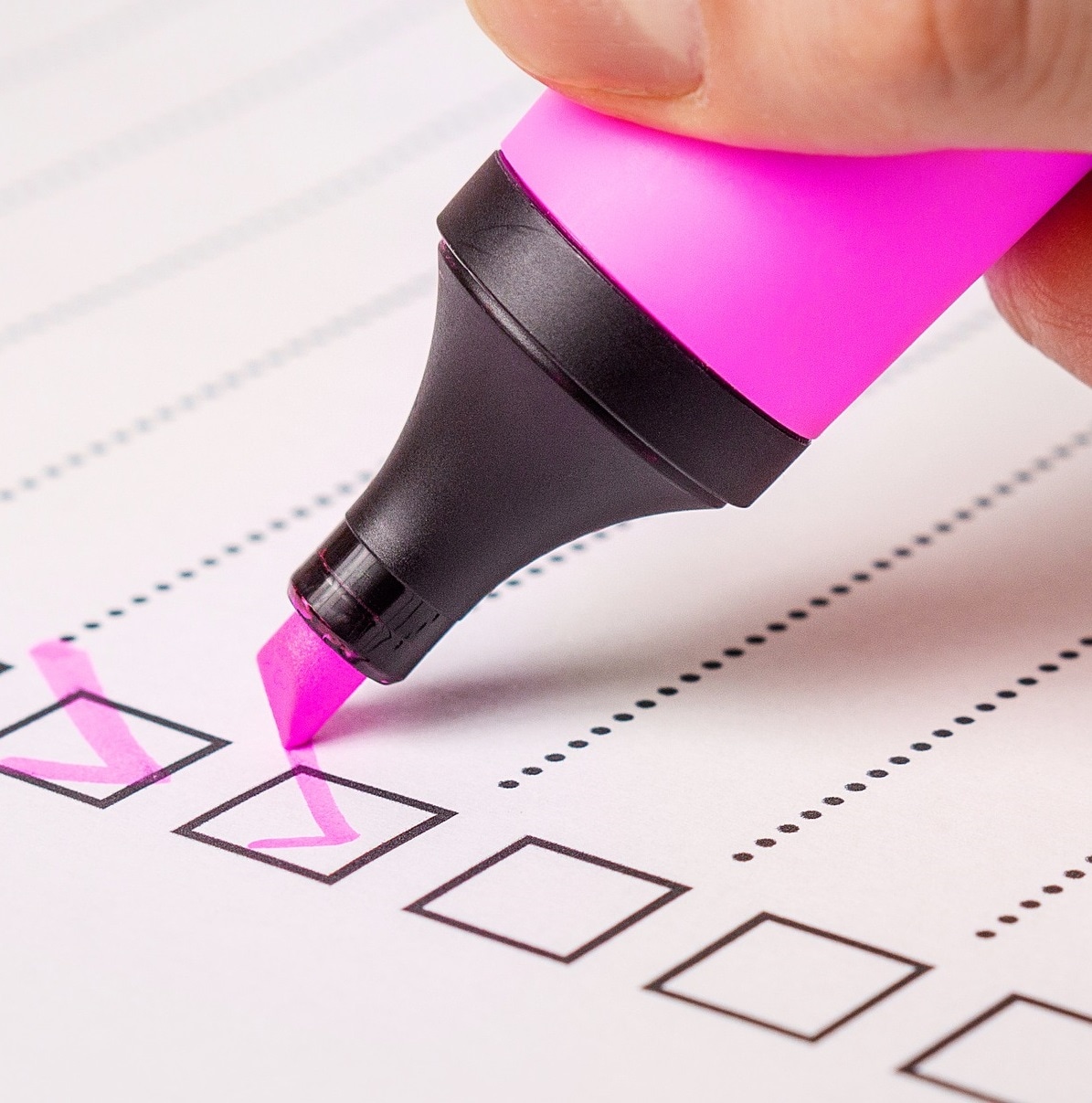 In any disaster scenario, the priority is surviving the event itself. All the supplies and gear you've stocked up are meaningless if you don't survive to use them.
In any disaster scenario, the priority is surviving the event itself. All the supplies and gear you've stocked up are meaningless if you don't survive to use them.
Yet, according to a Federal Emergency Management Agency (FEMA) study, 60% of Americans do not practice emergency preparedness.
The initial response is what will differ depending on the type of emergency. Every member of your household should be on the same page with disaster planning and know what to do and where to meet in each scenario. In a tornado, this means running to the basement or interior room. In a hurricane or wildfire, this means having an evacuation plan to a rendezvous point.
Everyone should also have a communication plan if separated. Have all the numbers to emergency services in your phone and keep an out-of-town contact who will be thinking of you during the disaster. Finally, if you have a family member with a disability, plan for how to get them to safety.
Buy the Right Insurance
 You need to make sure you are insured before a disaster strikes. Many people think their homeowner's insurance is enough, but it's not. Typically, homeowner's insurance does not cover flooding, which has been a nasty surprise for many disaster survivors whose homes were destroyed.
You need to make sure you are insured before a disaster strikes. Many people think their homeowner's insurance is enough, but it's not. Typically, homeowner's insurance does not cover flooding, which has been a nasty surprise for many disaster survivors whose homes were destroyed.
You can get flood insurance through the National Flood Insurance Program (NFIP), which is run by the Federal Emergency Management Agency (FEMA).
Do not wait until the moment right before an emergency to purchase flood insurance because you won't get it (insurance companies won't sell you a policy if they calculate a high risk of having to pay).
Even if you were to get insurance right before a storm, the policy wouldn't go into effect in time. Purchase the policy several months before the disaster season. Call the NFIP office at (888) 379-9531 for more info about flood insurance.
Pack an Emergency Preparedness Kit
Once you've survived the event, prepare for the possibility that life won't normalize for days or weeks, especially if you're stuck in the disaster zone.
Now, food and fresh water become the priority, followed by extra clothing, medical equipment, tools, etc.
Use the following infographic and emergency go bag checklist (linked below) as a guide for what to have in your home in case of emergency:
.jpg)
 | Emergency Go Bag | 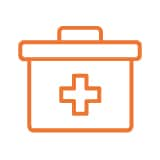 | 25 Home Emergency Items |
 | 25 Emergency Items for Your Car | 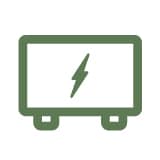 | Backup Generator |
 | Battery Backup Sump Pump |  | Chainsaw for clearing debris |
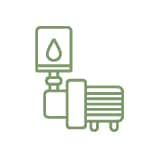 | Water Pump |
Power Up with a Backup Generator
Once you have the essentials your body needs, your mind will quickly turn to your home.
 The first goal is getting powered. Remember, we are almost totally reliant on electricity in our daily lives. No power means no pumping water out of your basement, no chilled food in the fridge, no hot water in your shower, and no means to charge cellphones.
The first goal is getting powered. Remember, we are almost totally reliant on electricity in our daily lives. No power means no pumping water out of your basement, no chilled food in the fridge, no hot water in your shower, and no means to charge cellphones.
The utility can and will fail you during a disaster. Having a backup portable or standby generator will keep the lights on.
Portable generators are great for short-term disaster relief and can usually provide between 1,000 and 17,000 watts of electricity. They can typically ship to your home right before or after an emergency and be used immediately. Furthermore, they are not tied to your home if you must leave, so you can take them with you on the road.
If sized properly, portable units will power your essentials but may trip if you turn on an unexpected load. Also, unless you invest in an inverter generator that puts out clean power, you won't be able to power sensitive electronic devices without risking damage.
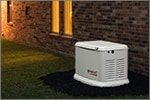 To have true peace of mind, especially during a long-term disaster, an emergency standby generator is best. Sized properly, a home standby generator connects to your home's circuit board and turns on automatically when the transfer switch detects utility power has failed.
To have true peace of mind, especially during a long-term disaster, an emergency standby generator is best. Sized properly, a home standby generator connects to your home's circuit board and turns on automatically when the transfer switch detects utility power has failed.
With 150 kilowatts or more of clean power, a standby can either power essential circuits or your entire home. But its permanence means it's not something you can simply order a few days before a hurricane.
Due to the electrical connections, you need a professional installation. Even before that, many municipalities require zoning approval. In fact, it can be a couple of months between when you first order the standby and when you can use it.
Whether you go with a portable or standby generator, you will need a supply of fuel to power it.
Pump Out the Water
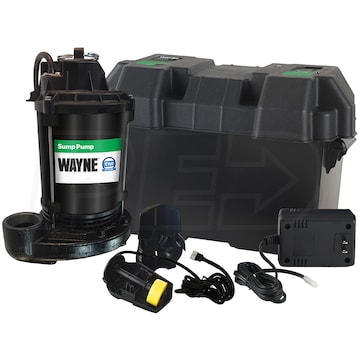 Many disasters can lead to flooding. When it comes to torrential rains, your sump pump is what stands between a rising water table and your home.
Many disasters can lead to flooding. When it comes to torrential rains, your sump pump is what stands between a rising water table and your home.
A backup generator will ensure your primary sump pump stays powered, but even after you lose electricity, a battery backup sump pump can be a temporary lifesaver. It will pick up the slack if your primary pump burns out or there is too much water flowing into the pit.
For this reason, it's best to have both a battery backup sump pump and a backup generator. If utility power goes out, your primary sump pump will still run off the generator. However, if the primary sump pump fails, then the backup will kick into gear.
Sometimes, the flow of water is so great that nothing you do will prevent a flood. In these unfortunate situations, the best you can do is have a water pump to eliminate the water as quickly as possible. The longer your home stays flooded, the more mold and damage the water will cause.
Investing in a dewatering pump or a trash pump (to handle debris-littered water) can be a game changer after a hurricane or flood. Both types come in electric, gas, and diesel options.
Have a Cleanup Plan
Once the inside of your home is dry, you can start looking at the mess outside. When first stepping out, watch out for downed power lines and other hazardous debris.
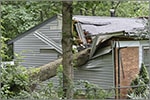 Avoid contact with stagnant water as it will contain bacteria and other toxins. If your neighborhood is flooded, having a small lifeboat with an outboard motor will help you safely move around.
Avoid contact with stagnant water as it will contain bacteria and other toxins. If your neighborhood is flooded, having a small lifeboat with an outboard motor will help you safely move around.
If it's safe, you can proceed with cleanup. Here are some possible scenarios, along with the tools you will need.
- Trees might have fallen in your yard or even onto your house. To remove them, you'll have to cut them into manageable lengths. You could use an ax and some elbow grease or save time and strength with a homeowner gas chainsaw.
- After draining the water from your home, you may find that some of your heating and cooling equipment has been damaged. That can be a problem if it's really cold or hot out. Understanding how to replace HVAC equipment after a flood can make sure you can return to a comfortable indoor temperature as quickly as possible.
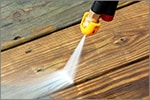 With all the dirt, mud, and debris tossed around during a natural disaster, your house, driveway, and anything you keep outdoors will be filthy. Using a pressure washer with detergent to clear the dirt will be most effective.
With all the dirt, mud, and debris tossed around during a natural disaster, your house, driveway, and anything you keep outdoors will be filthy. Using a pressure washer with detergent to clear the dirt will be most effective.
Plan Ahead
The damage caused by natural disasters is unpredictable, but you can and should predict your response. Knowing what to do, which items to pack, and how to protect your home and family will increase your chances of survival.
Never procrastinate when it comes to a family emergency preparedness plan. With a disaster checklist and plan in place, chances are you'll be able to weather any storm.
If you need help with choosing your disaster preparation gear, our experts at Electric Generators Direct are here to help. Give us a call at
1 (800) 800-3317.


